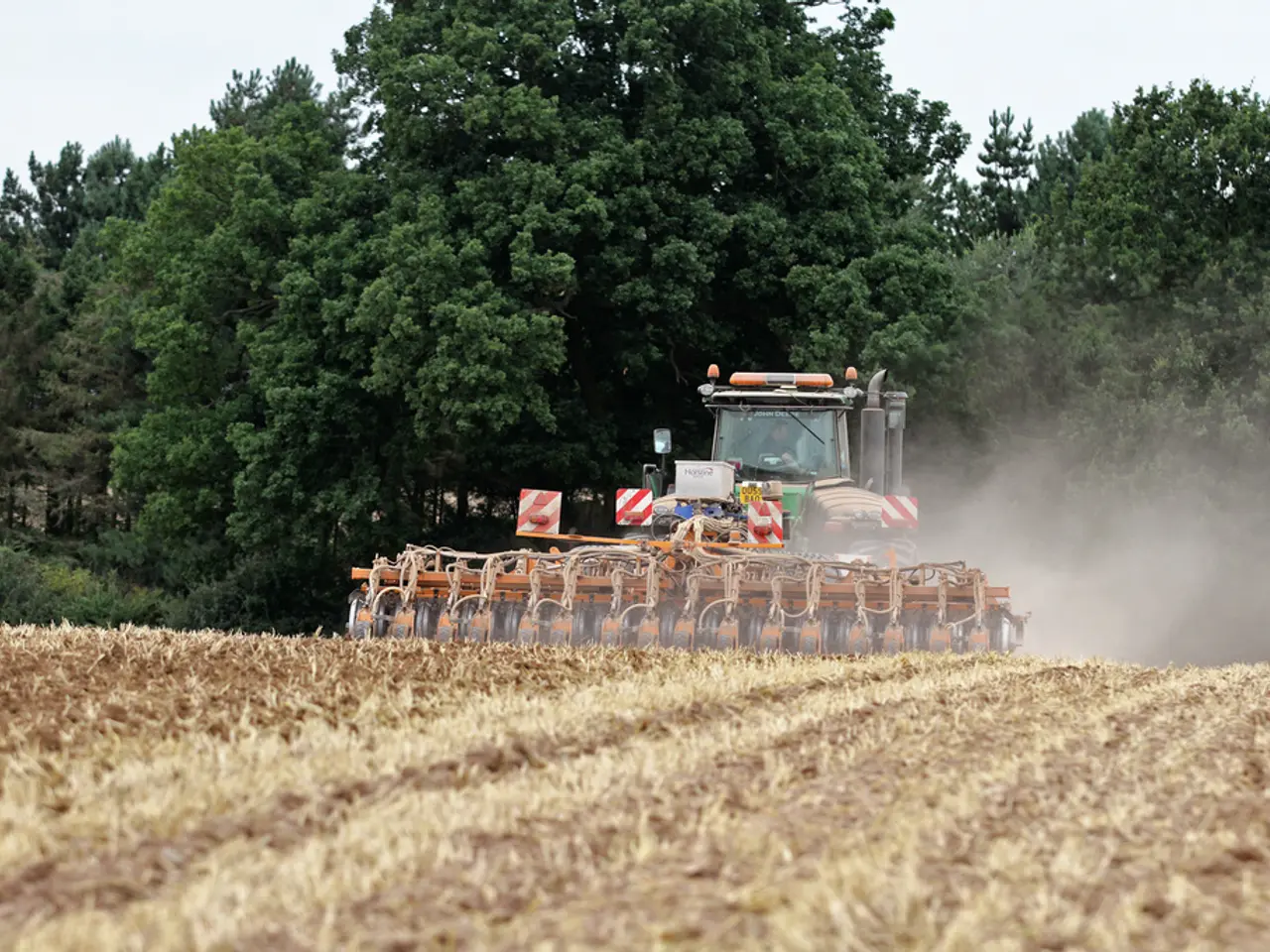Guide for Sowing Magnolia Seeds - For More Abundance of Stunning and Adored Trees
In the heart of spring, as the chill of winter begins to recede, the process of growing a magnolia tree from seeds begins. This meticulous journey, filled with care and patience, ensures the best chances of nurturing a healthy magnolia tree.
**Harvesting Magnolia Seeds**
The first step in this process is the harvesting of the seeds. Wait until the seed pods mature and begin to open, typically when they turn brown and split open, exposing the bright red seeds inside. Carefully collect the seeds, removing any pulp or flesh attached to them to prevent mold or rot during storage and germination.
**Preparing Seeds for Planting**
Magnolia seeds often require a period of cold stratification to break dormancy and stimulate germination. This mimics natural winter conditions. Clean the seeds thoroughly and then stratify them by placing them in a moist medium such as sand or peat moss inside a sealed plastic bag. Refrigerate the seeds for about three months at around 4°C or 39°F to simulate winter conditions, which improves germination rates.
**Planting Magnolia Seeds**
After stratification, plant the seeds in pots or a seed tray with well-drained acidic soil, as magnolias prefer slightly acidic, well-drained conditions. Sow seeds about 1 inch deep, ensuring good soil contact. Maintain adequate humidity and keep the soil consistently moist, but not waterlogged. Place the container in a warm, bright location but out of direct, harsh sunlight until germination occurs.
**Post-Germination Care**
Once seedlings emerge, gradually acclimate them to outdoor conditions by hardening off. Transplant seedlings outdoors in early spring or fall into a location with acidic, well-drained soil, avoiding waterlogged areas. Water deeply once a week during the first growing season, allowing the top inch of soil to dry between waterings to promote strong root growth. Fertilize in early spring with a balanced, slow-release fertilizer to support healthy growth.
**Additional Tips**
Magnolia trees benefit from pruning in late winter or early spring to remove dead or damaged branches and promote healthy structure. Be patient, as magnolia seeds can take a longer time to germinate compared to some other trees. It is important to determine if the parent tree is a hybrid before harvesting seeds, as hybrid magnolias don't breed true.
Harvesting magnolia seeds is typically done in September or October. Plant magnolia seeds quickly after removing the outer layer, whether in fall or spring. Partial shade is best during the germination period. If a hybrid tree is used, the resulting tree may not resemble the parent. Soaking seeds in warm water overnight before planting can help increase their chances of germination.
This careful process of harvesting, stratifying, and planting magnolia seeds maximizes the chances of successfully growing a healthy magnolia tree.
Nurturing a home-and-garden filled with blooming magnolia trees, you may decide to grow these trees from seeds during the spring season. To do so, begin by harvesting the mature seed pods when they turn brown and split open, revealing the bright red seeds inside. After removing any pulp or flesh attached to the seeds, prepare them for planting by cold stratifying in a sealed plastic bag filled with sand or peat moss, refrigerated at around 4°C for about three months. This careful process will significantly improve your chances of successfully growing a healthy magnolia tree and boosting your lifestyle with these beautiful flowers.




